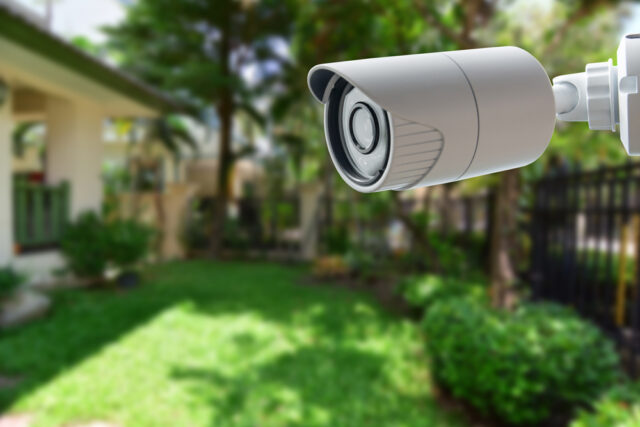
Video cameras are probably the most popular, but also the most reliable way to raise the level of security in houses, apartments, business facilities, especially when it comes to theft and burglary, which, unfortunately, are becoming more common from year to year. Of course, it doesn’t happen to everyone to become the target of unwanted guests, but we could never know if and when we might become their victims or get into such an unpleasant situation. In most cases, the damage is exclusively material and is preceded by a long study, monitoring, and making tactics, and it’s often a fairly successful process. However, things sometimes escalate and reach an even more drastic level that everyone wants to avoid – and this is one of the most common reasons why calls to surveillance installment agencies are becoming more frequent nowadays.
Professional assistance and proper dealing with such processes are highly desirable, of course – but if for any reason this isn’t practicable, this article should help you not to be deprived of useful advice related to the installation itself and the position of the units. Even if experts are working on it, you can always give your suggestion if you think it might be helpful – so, ready or not – here it goes.
1. Make sure your cameras are visible
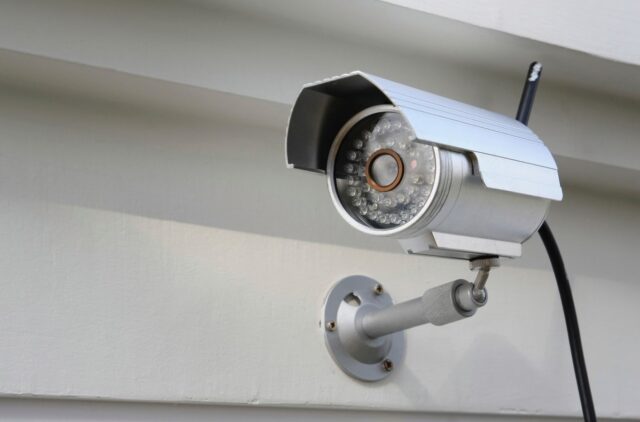
The visibility is something that people are frequently mistaken about. According to a certain unspoken rule, a great number of people think that it’s more desirable that potential thieves and burglars aren’t aware of their presence. No matter how this might seem like a logical conclusion, the other side of the coin should still be considered as an equally possible scenario.
Burglars who devise plans and tactics for such ventures, also have in mind the presence of surveillance devices. Believe it or not, they’ll rather decide to operate in houses or facilities where there are no visible signs that someone (or something) seems to be filming them. With this in mind, you could easily predict that your home would be much more susceptible to such troubles.
Conversely, if they’re immediately aware that the property has been monitored, they won’t always be brave enough to take such risks. So, wherever you plan to install cameras, feel free to do so – maybe this step will change their opinion and save you from unnecessary losses.
2. Take care of the device quality
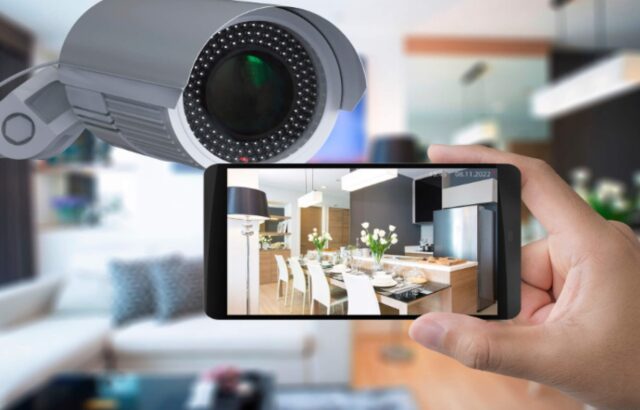
What stands between uninvited guests intruding themselves into your home and catching them or identifying them are verified brands and models that’ll provide you with satisfying video quality. If the image is blurry, it’s not hard to realize that it won’t be of much use. Devices that enable a clear image are almost always more costly, but will also increase the chances of detecting in interloper.
The quality of the image is also determined by the color. Some pieces do come in black and white only, while some high-priced models come in color. It isn’t always mandatory to have a unit that recognizes color in order to recognize the person in the video, but it certainly increases the chances that the perpetrator will be recognized and caught.
3. Covering only the entrance isn’t enough
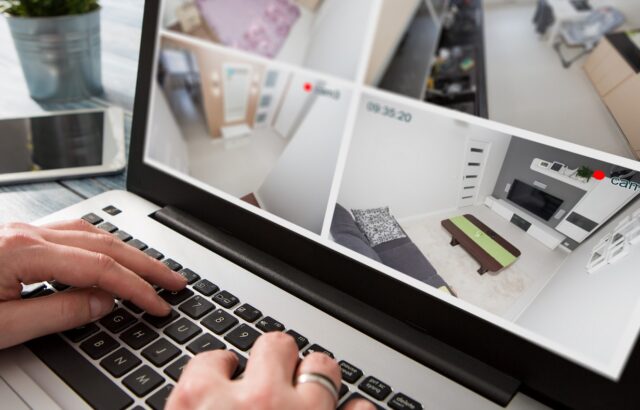
The front door can’t compete with any other access point on the building in terms of the probability of an intruder being let in – most thieves decide to break into the house this way. True, some projects and research on various occasions have shown that this method has been used in around 34% of cases, which is actually a convincing advantage over all others.
But did you know that ground-floor windows, garages, and all the other low variants are next in terms of the amount of risk? No less dangerous is an unsecured basement, balcony door, or any other similar kind of entrance. And, let’s be honest, not all of these parts of your home are in such a small range that they could be covered by a single camera.
The solution is simple – don’t skimp on additional devices and place them wherever there’s any type of entering point that could be used for these purposes. Okay, you may not have a balcony, but you probably have a garage that you sometimes forget to lock or a backyard door. By covering all these locations, you’ll decrease the chances of a burglary at least double.
4. Don’t set CCTV too high and on wrong sides
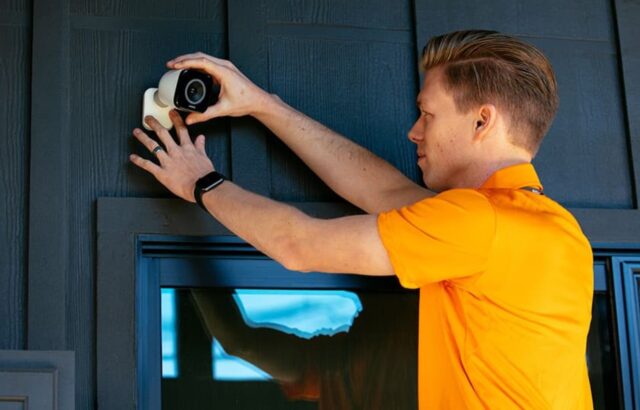
The whole point with this type of protection is to provide insight into the places where you want to prevent unauthorized contact. If your yard is in front of the house and if there’s no space behind it and no windows, why would any device be placed so that it faces that side? Absolutely unnecessary, though. However, even when it comes to space we want to monitor, we have to take into account the position of the camera itself.
When an unwanted visitor tries to access any entry point, they’ll certainly not enter from the roof, but lower points. Property owners often make a cardinal mistake by placing surveillance too high, hoping that the range of visibility will be greater. It’s true that the biggest part of the property remains covered, but if trouble happens and identification is needed, you’ll hardly be able to achieve anything with this method.
It’s for this reason that it’s an incomparably better idea to install surveillance a little bit lower. Corners are also not a recommended area for placing it since they have an ungrateful position, and it can easily happen that someone sneaks in unnoticed without you even realizing it.
5. Lighting matters
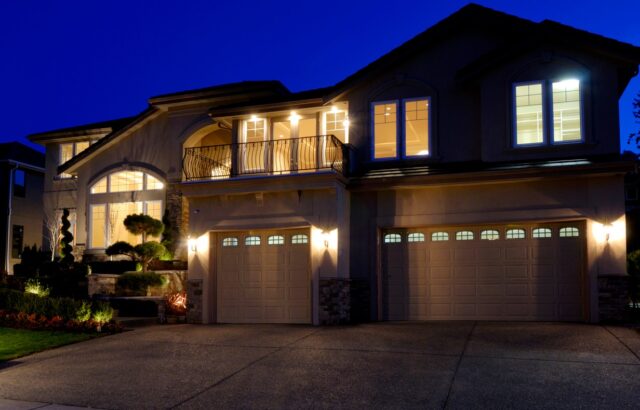
We’ve all heard of cameras that are specially created and designed for night surveillance – when we have them, we don’t need to be afraid as they work perfectly well without any light around. However, what do we do when a device like this is out of our reach for some reason?
The thing is simple – make sure that your yard and the outside of the house are always decently provided with additional light at all times. This segment is crucial in cases when it’s necessary to recognize the face or other prominent features of the person who tried to sneak up on you. Another good side is that one would probably be able to install both lighting and surveillance cameras at the same time and cost by reaching out to titusalarmandcctv.co.uk and similar companies which do both.
Of course, the extremes are usually exaggerated, so it isn’t really advisable to introduce too many light bulbs or lamps, because at that moment the quality of the video being recorded at a given moment suffers.
6. Keep cables invisible
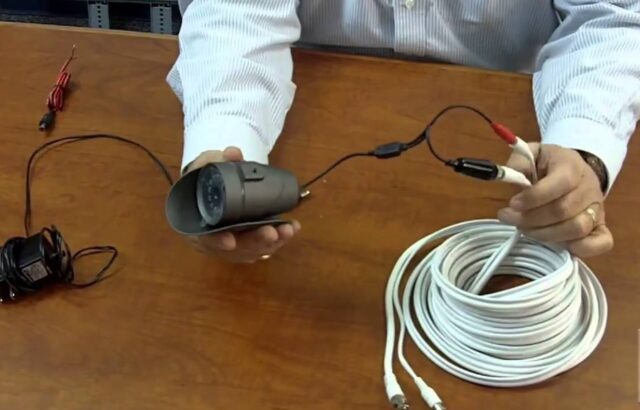
Remember the scenes from the movies – how do the burglars try to thwart the power of video surveillance? Well – they scribble the camera, they break it…. or just cut the cables. If the device is on more than 9 feet, the first problem seems to be excluded, and the second scenario is possible only if the person manages to perform a fairly precise shot with a rock or so. Still, cables are a different thing. It often happens that they remain in a visible place during the installation, which gives the intruders a perfect opportunity to fight them by snipping them.
There are two possible solutions here. The first involves proper installation where the person dealing with it will ensure that all cables are moved away and not at everyone’s fingertips – the ideal option would be not to see them at all. This, combined with a certain height at which the camera is placed, could reduce the chances of problems breaking out.
Another way is to get a Wi-Fi camera in which case you won’t have to worry about cables at all – because, as its name suggests, it doesn’t have any, but it works thanks to batteries. It leaves more freedom regarding the place of installation, but you have to check the battery regularly, recharge it and replace it when it runs out, of course. The good thing about a wireless camera is that in the event of a power outage, it’ll still keep working as long as the battery lasts.









